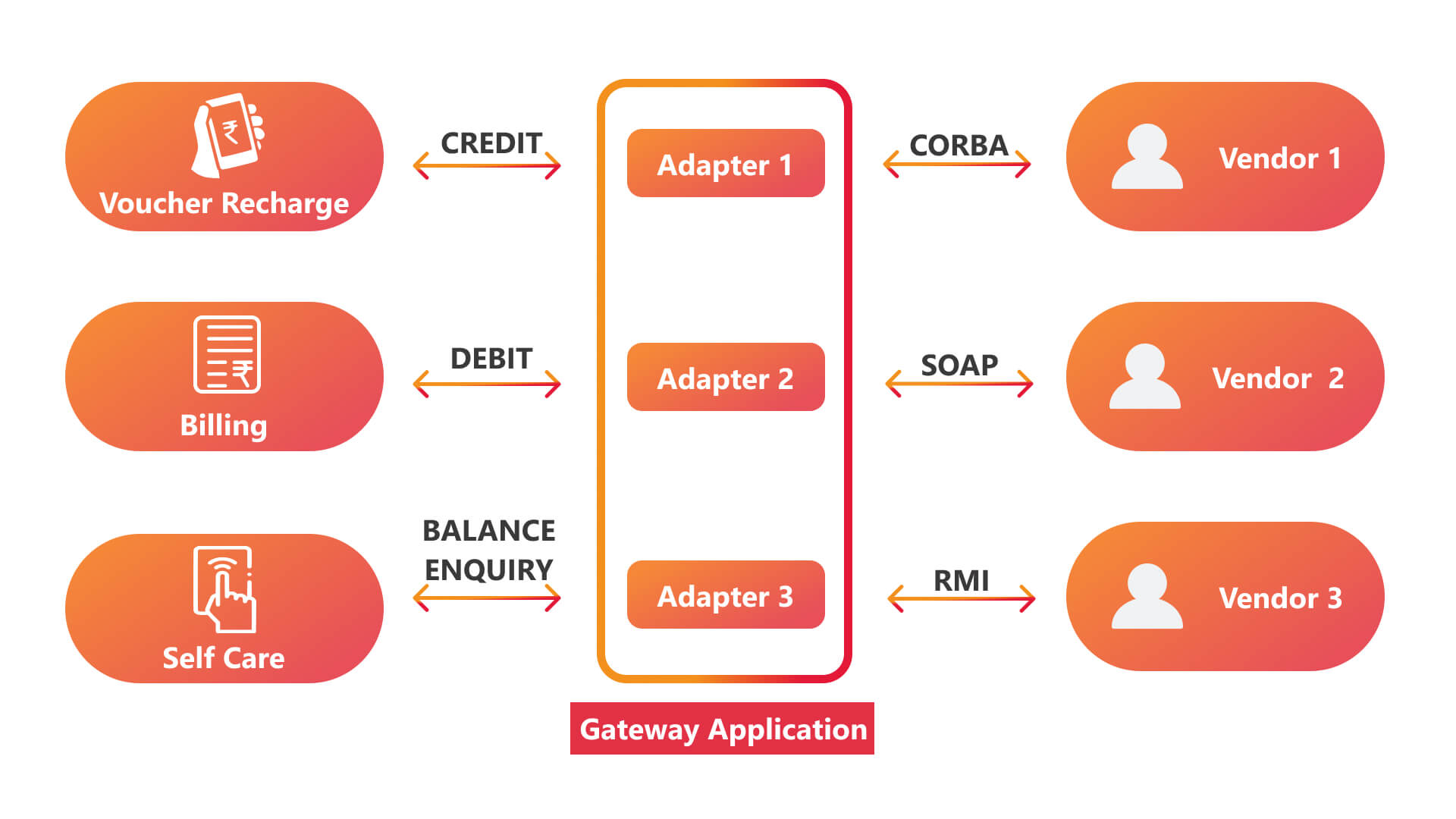As a developer, I once worked on an application that required me to integrate with over 40 different IN (Intelligent Network), OCS (Online Charging System) systems, and payment gateways. This was a tedious and time-consuming process, as the interfaces for each system were different and often poorly documented.
These INs/OCS systems held the monetary balance of mobile subscribers, and our application aimed to simplify the process of managing airtime credits, debits, and balance queries. Think voucher top-ups, funds transfers, promotional credits, and billing adjustments – we had it all covered.

But here’s the catch: building those adapters was far from easy. Telecom vendors were notoriously tight-lipped about sharing details. We often found ourselves begging customers to source API documentation from these vendors who supplied the underlying systems. Imagine a plethora of protocols like CORBA, SOAP, RMI, Diameter, or even custom ones – and the interfaces, as intricate as they could be. Our only reference was a rather tedious API document.
The challenges didn’t stop there. Certifying these adapters without proper Test Beds was a monumental task. We had no choice but to develop in-house simulators to test them, and it still couldn’t guarantee seamless integration in the actual production environment. To prevent any surprises during the launch, we typically tested the adapters in customer labs. As expected, tons of integration issues arose, leading to endless back-and-forth communication and further delays.
Meanwhile, in the enterprise world, technology was advancing at lightning speed. The HTTP protocol had become a standard for communication and was widely embraced. Open APIs became the norm, propelling cloud success. Applications were now open and accessible from anywhere in the world, ushering in an era of innovation.
In India, for example, paying utility bills, booking flights or hotels, handling insurance premiums or credit card bills, real-time money transfers, booking movie tickets, and enjoying OTT platforms became incredibly easy. There was no monopoly, and consumers had numerous options and channels. But this convenience also brought forth increased security challenges, met by equally robust security standards.
This elevated user experience was only possible because of an elevated developer experience. Many web-based applications had their APIs exposed on a developer portal, allowing application developers to explore available APIs, view their documentation, test them using Swagger, and download SDKs for seamless integration. This revolutionized the developer experience, making the rollout of new ideas faster and more efficient.
However, telcos lagged, offering only online top-up and plan changes due to their inherently closed nature. With the advent of 5G, many core telecom components are now exposing REST endpoints. By opening their platforms to the developer community, telcos have the opportunity to kickstart a much-needed flywheel of innovation. The possibilities are no longer confined to what telcos can imagine; instead, they expand to encompass what a broader development community can create.
Imagine a world where developers can easily access and integrate with telecom networks, unleashing a wave of new and innovative applications and services. This is the promise of developer portals, which are becoming increasingly important in the age of 5G and beyond. Marking a new beginning in the era of telecommunications.






